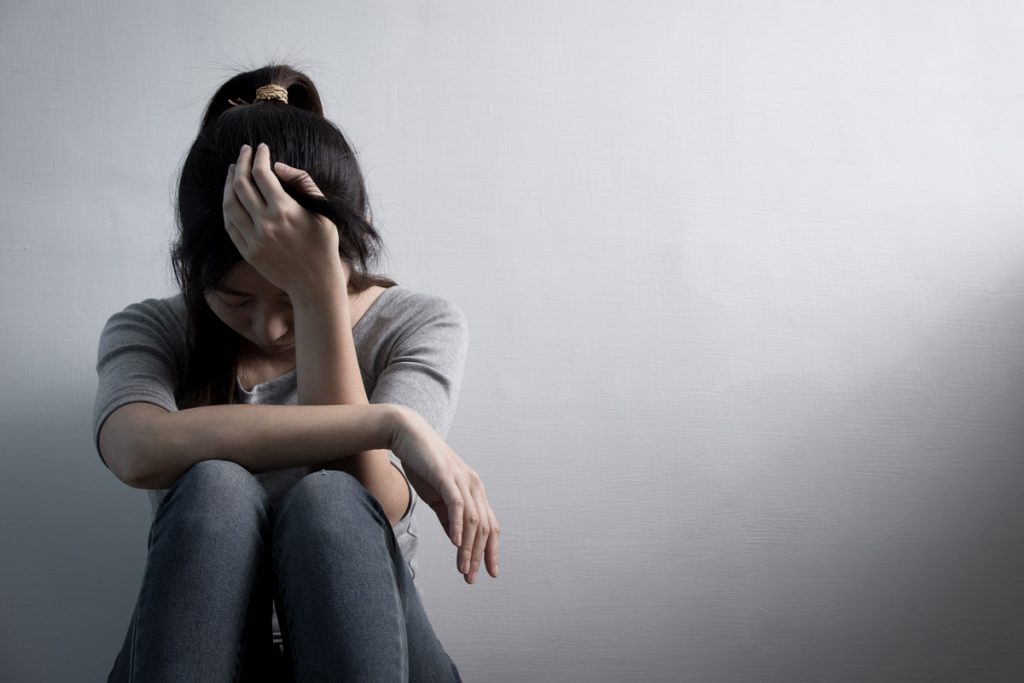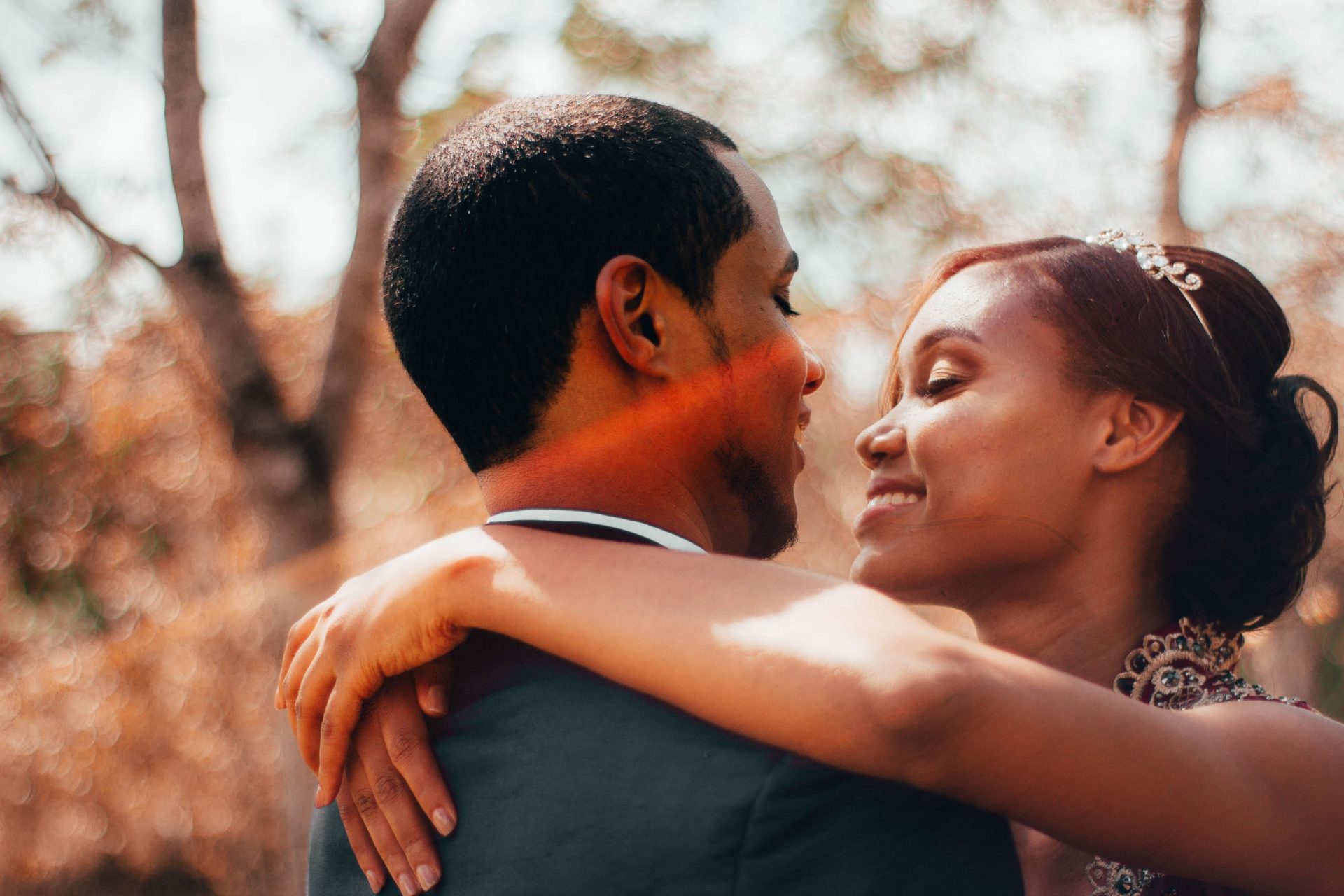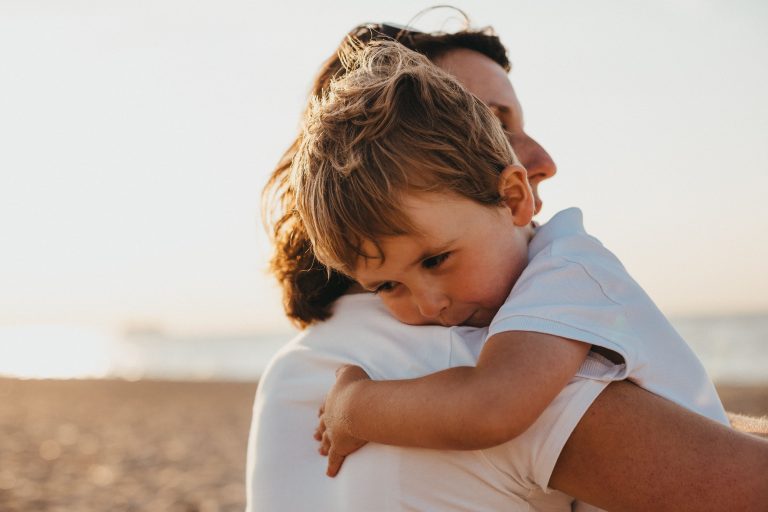Women and emotions: how to understand and support
Women’s emotions intricately intertwine with their unique life stories and physiological characteristics, reflecting an admirable amalgamation of strength, endurance, and profundity. Engaging with and supporting women’s emotions extends beyond being a mere comforting presence; it is an acknowledgement and celebration of the myriad of feelings they traverse and articulate. This comprehensive guide sheds light on the sophisticated tapestry of women’s emotional landscape.
Understanding Women’s Emotions
Unveiling Emotional Complexity
Women’s emotions are far from simple; they form a dynamic spectrum that is deeply enigmatic and beautifully intricate. These emotions do not merely respond to the external environment but represent a vibrant array of experiences, memories, and expectations. It is crucial to comprehend that this emotional depth isn’t indicative of frailty. On the contrary, it mirrors the breadth of their life experiences. Appreciating this multifaceted nature is fundamental to extending genuine empathy and support.
Biological Factors Influencing Emotions
A significant part of women’s emotional tapestry is woven by their biological processes. Hormonal shifts during menstrual cycles, pregnancy, postpartum, and menopause play a pivotal role in influencing emotional states. For instance, the ebbs and flows of estrogen and progesterone levels can lead to mood variations. Recognizing these biological rhythms allows for a deeper understanding of certain emotional responses and provides a context for support.
How Emotions Differ in Women
Differences in Emotional Expression
Women often approach emotional expression with a depth that might differ from their male counterparts. Culturally, women have been socialized to express emotions more openly, leading to deeper connections with those around them. Their ability to articulate feelings, whether joy, sorrow, anxiety, or elation, isn’t a weakness but a strength that fosters authentic relationships.
Emotional Intelligence Among Women
Studies often highlight that women, on average, exhibit higher emotional intelligence (EI). This heightened EI enables them to be more attuned to the feelings of others, deciphering non-verbal cues and responding with empathy. This innate or cultivated ability not only strengthens personal relationships but is also an asset in professional settings where understanding and navigating human interactions are crucial.

Signs of Emotional Distress in Women
Recognizing Subtle Signs
Emotional distress doesn’t always manifest as overt sadness or anxiety. Subtle changes in behavior, like withdrawing from social interactions, shifts in eating or sleeping patterns, or a diminished interest in previously enjoyed activities, can be indicative. Recognizing these nuanced signs is the first step towards offering support.
Common Emotional Health Disorders
Women, like everyone, are susceptible to emotional health disorders. Conditions like depression, anxiety, postpartum depression, and mood disorders can affect women at different life stages. Being informed about these conditions and their symptoms allows for timely intervention and support.
Supporting Women in Emotional Distress
Offering Emotional Support
Support doesn’t always mean providing solutions. Sometimes, just being present, listening actively without judgment, and validating feelings can be profoundly comforting. The act of sharing burdens, fears, or anxieties can, in itself, be therapeutic.
What Not to Say
As crucial as offering support is, it’s equally vital to avoid dismissive or judgmental remarks. Statements like “You’re overreacting” or “It’s just a phase” can be detrimental. It’s essential to approach with empathy and patience, striving to understand rather than diminish feelings.






